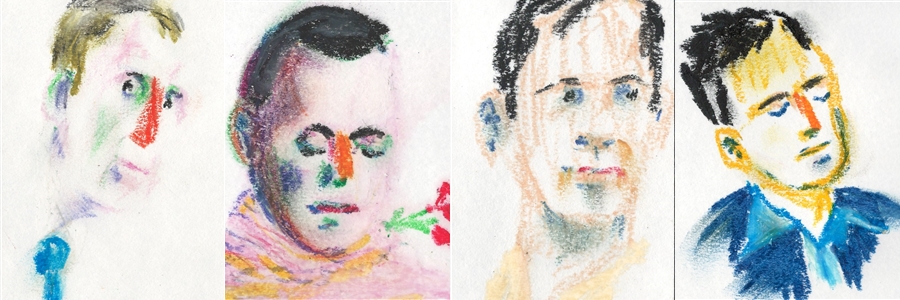DIANE DE BEER
I was watching a documentary on the DStv’s Sundance Channel titled The Music of Strangers: Yo-Yo Ma and the Silk Road Ensemble (check for screenings on Channel 108, Wednesday, 17.30 pm) and Thursday (10.40 am).
I have always loved the cello but I had heard some of their amazing music before and wanted to investigate the origin and how it has evolved. I didn’t expect such a profound effect – with huge impact on what is happening in the world today and how each individual could make a difference.
We meet the young Yo-Yo Ma prodigy as he performs music way beyond his years and watch how, now with children of his own, he takes his music into different spheres – one the Silk Road Ensemble which is an attempt to bring different cultures and their traditional music together so that it could blend and not clash with one another as might be the case if you listen only to Western classical music and then hear Indian or Chinese classical music for the first time.

Made up of performers and composers from more than 20 countries, the Silk Road Ensemble was formed by Yo-Yo Ma in 2000. Since then, these artists have been embraced for their passion for cross-cultural understanding and innovation. The group has recorded six albums. Their latest album, Sing Me Home, was released in April 2016. This documentary about the Silkroad musicians was directed by Academy Award-winner Morgan Neville (20 Feet from Stardom), was released in June 2016.
When Yo-Yo Ma started with this ensemble in 2000 he probably didn’t envision the magnitude and the unexpected results. What he ends up with is a mini United Nations of extraordinary musicians, many who play their cultural music on traditional instruments.
You see Yo-Yo for example being shown a string technique by an Iranian musician Kayhan Kalhor who plays a string instrument called a Kamanchen that might be lost to the world, if these enthusiasts are not determined to take it up, become a master and pass the skills on to a new generation. Or the vivacious Galacian Cristina Pato who is a piano graduate but plays Galacian bagpipes called gaita.
There’s also the sadness of a Syrian clarinetist Kiman Azmah whose haunting sounds reminds us of the healing powers of the arts in general. Few people don’t succumb but perhaps we don’t use it enough.
While listening to the evocative music, half classical, half folk, and watching these artists from all over the world communicate through music and seemingly having the best time while breaking the boundaries and ignoring the restrictions that might come from elsewhere, I was again affected by the strength of diversity. These are people from different corners of the world, playing music that comes from their roots (and hearts) and yet managing to blend it with sounds that might sound foreign to them.
In the end, the result is spellbinding. And one is charmed as much by the performers as the performance. It seems so obvious. It might be tougher to reach out, to work out the differences and to harmonise those disparate sounds into some kind of cohesive musical miracle, but the results are magnificent – and do-able!
Check it out, it’s a heartwarming documentary about the richness of cultural diversity. It concludes with Yo-Yo Ma listening to a young Chinese piano player perform – way beyond her years – as he clutches his heart in admiration.
The cycle is renewed and starts all over again.
